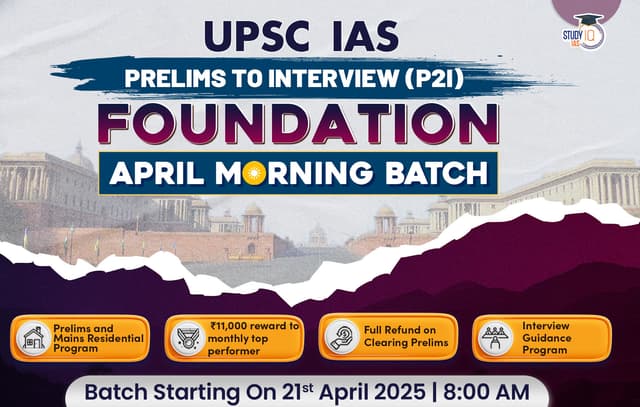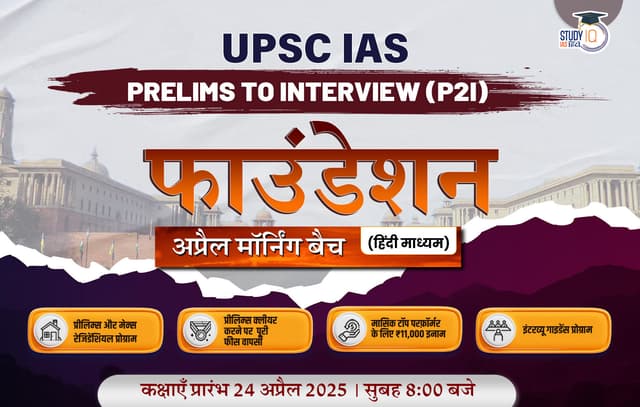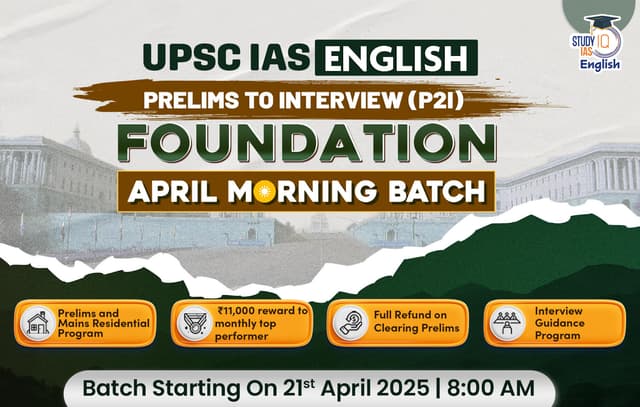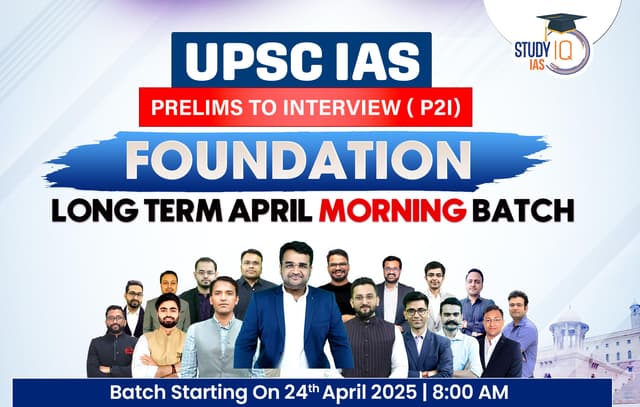Table of Contents
Chhatrapati Shivaji Maharaj Jayanti is the birthday anniversary celebrated yearly, commemorating the legendary Maratha warlord and creator of the Maratha Empire Chhatrapati Shivaji Maharaj. It is celebrated with great reverence and patriotism, primarily in Maharashtra where Shivaji Maharaj is believed to be the hero who defended India against foreign invasion and created an autonomous kingdom on the ideals of Swarajya (self-ruling), equality, and upright governance.
Chhatrapati Shivaji Maharaj Jayanti 2025
Chhatrapati Shivaji Maharaj Jayanti is observed annually on February 19. In 2025, India will celebrate the 395th birthday of Shivaji Maharaj on this day. Also, some devotees mark his birthday anniversary according to the Hindu lunar calendar, which is observed on Phalgun Krishna Paksha Tritiya.
Chhatrapati Shivaji Maharaj Biography
Chhatrapati Shivaji Maharaj founded the Maratha Empire in western India, emerging as one of history’s revered warriors. His legendary feats continue to be woven into mythology, symbolizing courage and leadership. Shivaji’s rise to power began with carving out an enclave from the declining Adilshahi sultanate of Bijapur, showcasing both bravery and administrative acumen. Upon assuming control, he established a capable and forward-thinking government.
Shivaji’s military strategies were characterized by creativity and innovation, emphasizing unconventional approaches to defeat more powerful adversaries. These strategies leveraged strategic variables such as terrain, speed, and surprise to gain an upper hand in battles. The Maratha Empire flourished under Shivaji’s leadership, supported by well-trained troops and a robust administrative structure.
Chhatrapati Shivaji Maharaj’s Early Life
Shahaji Bhosle and Jijabai had Shivaji Bhosle on February 19, 1630, in the Shivneri fort, close to Junnar in the Pune area. Shahaji, the father of Shivaji, served as a general for the Tripartite Association of Bijapur, Ahmednagar, and Golconda. Near Pune, he also had a Jaigirdari. Jijabai, the mother of Shivaji, was a devout Hindu and the daughter of Sindkhed chieftain Lakhujirao Jadhav.
Shivaji had a close relationship with his mother, who gave him a strong sense of right and evil. Shahaji spent most of his time away from Pune, so it was up to a small council of ministers, which included a Peshwa (Shamrao Nilkanth), a Mazumdar (Balkrishna Pant), a Sabnis (Raghunath Ballal), a Dabir (Sonopant), and a chief teacher (Dadoji Konddeo), to oversee Shivaji’s education. Shivaji received military and martial arts instruction from Kanhoji Jedhe and Baji Pasalkar. In 1640, Shivaji wed Saibai Nimbalkar.
From a very young age, Shivaji proved to be a natural leader. He was an outdoorsman who spent his time exploring the Sahayadri Mountains that surrounded the Shivneri forts, getting to know the region like the back of his hand. By the age of 15, he had gathered a group of devoted men from the Maval district who eventually helped him in his early conquests.
Conflict With Bijapur Sultanate
When Chhatrapati Shivaji Maharaj was only 16 years old in 1646, he invaded the Torna Fort and grabbed the substantial treasure it contained by fully capitalizing on the chaos the Sultan’s illness had produced in the Bijapur court. Chhatrapati Shivaji Maharaj conquered numerous significant forts close to Pune in the two years that followed, including Purandhar, Kondhana, and Chakan. Additionally, he directly oversaw Supa, Baramati, and Indapur. He built the new fort Rajgad, which served as his capital for more than ten years, using the treasure found at Torna.
Chhatrapati Shivaji Maharaj then proceeded to the Konkan and seized control of the significant town of Kalyan. The Bijapur government became aware of these happenings and made an effort to step in. On July 25, 1648, Baji Ghorpade, a fellow Maratha Sardar, imprisoned Shahaji at the direction of the Bijapur administration to restrain Chhatrapati Shivaji Maharaj. Shahaji was liberated in 1649, just after the capture of Jinji solidified Adilshah’s position in Karnataka. Between 1649 and 1655, Chhatrapati Shivaji Maharaj ceased his conquests and quietly consolidated his holdings.
Following the release of his father, Chhatrapati Shivaji Maharaj resumed raiding and in 1656 killed Chandra Rao More, a fellow Maratha feudatory of Bijapur and took the Javali valley from him close to the modern hill station of Mahabaleshwar. In addition to the Bhonsale and More families, numerous other families—many of which held Deshmukhi authority—served Adilshahi of Bijapur, including Sawant of Sawantwadi, Ghorpade of Mudhol, Nimbalkar of Phaltan, Shirke, Mane, and Mohite.
Chhatrapati Shivaji Maharaj employed a range of tactics, including marriage alliances, direct dealings with the local Patil to circumvent the Deshmukhs, and combat, to destabilise these powerful families. Shahaji later had a complicated relationship with his son and disowned his rebellious behavior. Around 1664–1665, Shahaji died in a hunting accident.
Battle of Pavan Khind
The Maratha fighters Baji Prabhu Deshpande, Sambhu Singh Jadhav and Siddi Masud of the Bijapur Sultanate engaged in the Battle of Pavankhind, which was a rearguard and last battle, on July 13, 1660, at a mountain pass close to Fort Vishalgad, near Kolhapur. The battle ended with the Bijapur Sultanate winning a tactical victory but failing to secure a definitive victory, with the Maratha army annihilated.
Conflict With Mughal Empire
Up until 1657, Chhatrapati Shivaji Maharaj maintained a cordial relationship with the Mughal Empire. He helped Aurangzeb, the Mughal viceroy of the Deccan and the son of the Mughal monarch, conquer Bijapur in return for formal confirmation of his claim to the Bijapuri forts and villages. When Chhatrapati Shivaji Maharaj was dissatisfied with the Mughal response and received a better offer from Bijapur, he launched an expedition into the Mughal Deccan.
Two of Chhatrapati Shivaji Maharaj’s officers entered Mughal land close to Ahmednagar in March 1657, sparking the first battles between his forces and the Mughals. Following the raids at Junnar, Chhatrapati Shivaji Maharaj carried out additional raids to obtain 300,000 hun in cash and 200 horses. In reaction to the incursions, Aurangzeb sent Nasiri Khan, who at Ahmednagar defeated the soldiers of Chhatrapati Shivaji Maharaj. The rainy season and Aurangzeb’s battle for the Mughal throne with his brothers immediately after Shah Jahan’s illness complicated his attempts to counteract Chhatrapati Shivaji Maharaj.
Treaty of Purandar (1665)
Chhatrapati Shivaji Maharaj and Jai Singh I, the military leader of the Mughal Empire, signed the Treaty of Purandar on June 11th, 1665. Chhatrapati Shivaji Maharaj was compelled to sign the contract shortly after Jai Singh stormed the Purandar fort. When he eventually realised that going to war with the Mughal Empire would only harm his empire and put his soldiers in danger of suffering severe losses, he decided to sign the treaty rather than leave his soldiers in the Mughals’ hands.
In the Purandar Treaty, Chhatrapati Shivaji Maharaj agreed to hand over 23 of his forts to the Mughals while keeping 12 for himself and paying them 400,000 gold hun as war reparations. In exchange for being a vassal of the Mughal empire, Chhatrapati Shivaji Maharaj sent his son Sambhaji and 5,000 horsemen to fight as mansabdars for the Mughals in the Deccan.
Background of Treaty of Purandar
In addition to attacking Surat and Shaista Khan, Aurangzeb was also furious. He sent the Rajput Mirza Raja Jai Singh I and an army of about 15,000 soldiers to defeat Chhatrapati Shivaji Maharaj in response. Throughout 1665, Chhatrapati Shivaji Maharaj was under pressure by Jai Singh’s soldiers, who used their cavalry to burn down the land and their siege forces to occupy the forts of the ruler.
Many of Chhatrapati Shivaji Maharaj’s cavalrymen and a couple of his most important commanders were lured away by the Mughal commander. By mid-1665, Chhatrapati Shivaji Maharaj was compelled to agree with Jai Singh because the citadel of Purandar was under siege and on the verge of being captured.
Chhatrapati Shivaji Maharaj and Relationship with Britishers
During the early years of his rule, Shivaji had friendly connections with the English up until they sided with the Bijapur Sultanate in a conflict with him over the seizure of Fort of Panhala in 1660. As a result, Shivaji took action against the English in Bombay in 1670 because they refused to provide him with war supplies. When the English once more declined to lend a hand in his onslaught on Danda-Rajpuri in 1971, he looted the English factories in Rajapur instead. Numerous attempts to settle through negotiations between the two parties failed, and the English did not back his efforts.
Chhatrapati Shivaji Maharaj Coronation and Conquests
After gaining significant authority over areas bordering Poona and the Konkan, Shivaji decided to assume a kingly title and found the first Hindu Sovereignty in the South, which Muslims previously ruled. On June 6, 1674, in Raigadh, he was installed as the Maratha King in a lavish coronation ceremony. Pandit Gaga Bhatt presided over the Coronation in front of a crowd of about 50,000 spectators. He adopted several names, including Haindava Dharmodhhaarak (one who elevates the holiness of Hinduism), Kshatriya Kulavantas (leader of Kshatriyas), Shakakarta (beginning of an age), Chhatrapati (paramount sovereign), and others.
Following their coronation, the Marathas under Shivaji’s orders undertook ruthless conquest campaigns to unite the majority of the Deccan nations under Hindu Sovereignty. He took control of Belgaum, Bijapur, Karwar, Kolkapur, Janjira, and Khandesh. He took control of the Adil Shahi lords’ forts at Vellore and Gingee. As for his possessions in Tanjavur and Mysore, he also reached an agreement with his stepbrother Venkoji. His goals were to safeguard the Deccan nations from outsiders like the Muslims and Mughals and unite them under the control of a native Hindu ruler.
Chhatrapati Shivaji Maharaj Administration
During his rule, the Maratha government was founded, with Chhatrapati serving as the ultimate sovereign and an eight-person team of ministers chosen to oversee the correct implementation of various policies. These eight ministers had direct reports to Shivaji and were given considerable authority to carry out the King’s ideas. Eight ministers were among them:
- The Peshwa, or Prime Minister, served as the king’s substitute and oversaw all aspects of government.
- The Majumder or Auditor was in charge of maintaining the kingdom’s financial stability.
- The PanditRao, or Chief Spiritual Head, was in charge of managing the kingdom’s spiritual health, setting the dates for religious ceremonies, and supervising the king’s humanitarian initiatives.
- The task of advising the king on foreign policy issues was under the purview of the Dabir, or Foreign Secretary.
- The Peshwa, or Prime Minister, served as the king’s substitute and oversaw all aspects of government.
- The Majumder or Auditor was in charge of maintaining the kingdom’s financial stability.
- The PanditRao, or Chief Spiritual Head, was in charge of managing the kingdom’s spiritual health, setting the dates for religious ceremonies, and supervising the king’s humanitarian initiatives.
- The task of advising the king on foreign policy issues was under the purview of the Dabir, or Foreign Secretary.
Shivaji strongly pushed for the replacement of Persian, the current Royal language, with Marathi and Sanskrit in his court. To emphasise his Hindu dominance, he even gave the forts under his control Sanskrit names. Despite being a devoted Hindu himself, Shivaji encouraged religious tolerance while in power. His administrative decisions were humanitarian and subject-friendly, and he supported women’s rights throughout his administration.
His court engaged individuals from all castes since he was vehemently opposed to caste discrimination. By introducing the Ryotwari system, he did away with the necessity for middlemen between farmers and the government and established direct taxation on manufacturers and producers. The Chauth and Sardeshmukhi tariffs were first introduced by Shivaji.
He divided his kingdom into four provinces, each headed by a Mamlatdar. Village was the smallest unit of administration and the head was titled as Deshpande, who headed the Village Panchayat. Shivaji maintained a strong military force, built several strategic forts to secure his borders, and developed a strong naval presence along the Konkan and Goan coasts.
Chhatrapati Shivaji Maharaj Demise and Legacy
On April 3, 1680, at the Raigad Fort, Shivaji passed away at the age of 52 from dysentery. Following his passing, a succession dispute ensued between his third wife Soyrabai, acting on behalf of her 10-year-old son Rajaram, and his eldest son Sambhaji. On June 20, 1680, Sambhaji deposed the youthful Rajaram and took the kingdom for himself. After Shivaji’s death, the Mughal-Maratha wars continued, and the Maratha empire’s prestige drastically decreased. But young Madhavrao Peshwa recovered it, restoring Maratha grandeur and establishing his rule over North India.

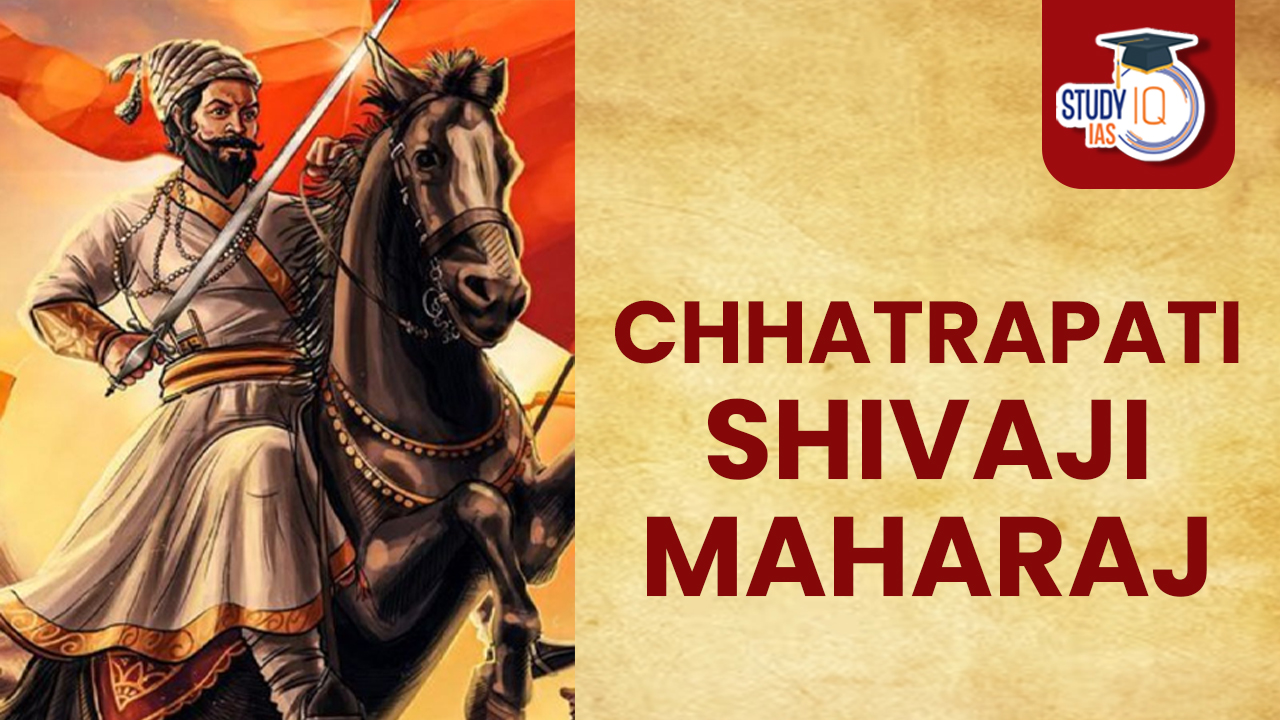
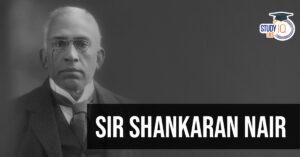 Sir Shankaran Nair and Story of the Jall...
Sir Shankaran Nair and Story of the Jall...
 NCERT Books for UPSC Preparation, Check ...
NCERT Books for UPSC Preparation, Check ...
 UPSC Syllabus 2025, Check UPSC CSE Sylla...
UPSC Syllabus 2025, Check UPSC CSE Sylla...

